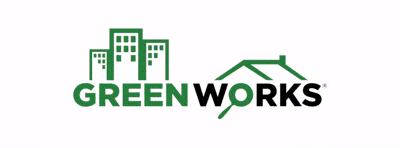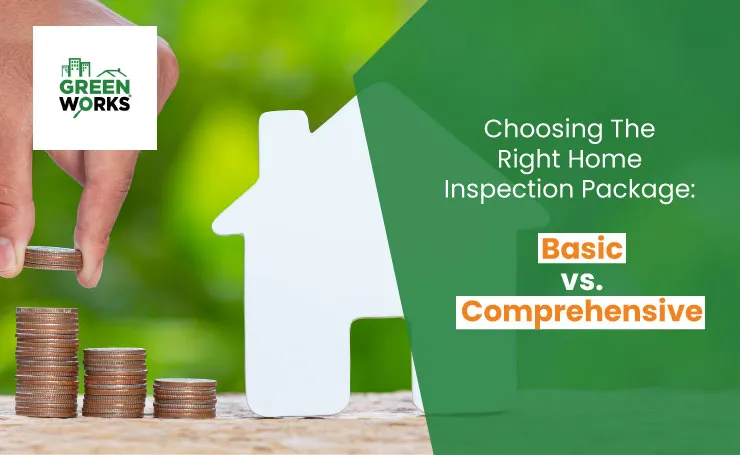Posts
Radon in Crawl Spaces: What It Is and How to Protect Your Home
Let’s start with a simple truth: just because you can’t see or smell something doesn’t mean it isn’t dangerous. That’s exactly the case with radon, a silent, invisible threat that could be seeping into your crawl space and harming your indoor air quality.
In the event that your house has a crawl space, it may be at risk. Understanding what radon is and how to deal with a radon crawl space can protect your family, property, and peace of mind.

So, What Exactly is Radon
Radon is a naturally occurring radioactive gas. It forms when uranium in soil or water breaks down naturally over time. This gas moves its way up into the ground and can enter buildings through cracks, gaps, and, yes, you guessed it, crawl spaces.
The problem is that radon is totally obscure. It is impossible to smell, see, and taste it. But the danger is very real.
The Environmental Protection Agency (EPA) classifies radon as the second causative factor of lung cancer in the U.S. after smoking. It causes roughly 21,000 deaths every year due to lung cancer or related complications.
Why Crawl Spaces Are Radon Hotspots
Think of your crawl space as an unfinished basement, open to the ground and vulnerable to radon intrusion.
Here’s why radon crawl spaces are especially risky:
- Direct soil contamination: A lot of crawl spaces are dirt-floored or poorly sealed.
- Restricted ventilation: Insufficient ventilation causes radon to be trapped within.
- Escape routes: Floor cracks, ducts, and plumbing allow radon to enter the living space.
Your crawl space is basically a basement without walls, making it a weak point of entry for poisonous gases.
How to Tell If You Have a Radon Problem
The bad news is that there are no symptoms or warning signs that indicate the presence of radon in your home. Its presence can only be established by testing.
Radon testing is simple, affordable, and potentially life-saving. You have the following options in this regard:
- A DIY radon test kit, available at a hardware store, can be used.
- To have a more detailed reading, hire a professional inspector.
According to the EPA, any level at or above 4 picocuries per liter (pCi/L) requires immediate action
How Radon Mitigation for Crawl Spaces Works
Despite its latent dangers, the good news is that high radon levels can be easily fixed.
Radon mitigation for crawl space areas involves building systems that either vent the gas outside or prevent it from entering your home.
The most widespread ways are:
- Sub-membrane depressurization: A heavy-duty plastic sheet is placed over the crawl space soil, and a fan system pulls radon from beneath the sheet and vents it outside.
- Closing cracks and openings: All visible openings are sealed to prevent radon entry.
- Ventilation fixes: In some cases, the airflow can be improved by adding fans or vents, which can lower radon concentrations.
Properly installed radon mitigation systems can reduce radon levels by up to 99%.
Radon and Indoor Air Quality (IAQ)
Many homeowners are concerned about the quality of the air, particularly because we spend approximately 90% of our time indoors.
Crawl spaces often harbor more than just radon. They are also susceptible to mold damage when moisture accumulates in areas such as schools, offices, or apartment buildings.
Combine radon with moisture or mold, and your crawl space becomes a serious threat to both your health and property.
This is why we need to think holistically. When you are already at the stage of investigating radon, it is prudent to examine moisture and mold issues as well.
Why It Will Pay to Act Now
Ignoring radon is like ignoring a slow water leak; it seems harmless until the damage is done. You may not notice the damage immediately, but the longer it goes unnoticed, the more damage it will cause.
The testing and installation of a mitigation system is a one-off exercise that provides years of protection. And, should you ever choose to sell your home, radon mitigation is a strong selling point that today’s buyers increasingly expect.
Final Words
So, to sum up why you need to care about radon, particularly in your crawl space:
- Radon is an invisible and odorless gas that can lead to lung cancer.
- Crawl spaces offer an easy way for radon to enter your home.
- It is simple to test and important, too.
- Radon mitigation for crawl space systems is effective and affordable.
Dealing with radon will also contribute to better air quality in general and diminish the risks of mold.
At GreenWorks Inspections, we know that safety begins under your house. Our expert inspectors offer comprehensive radon testing and radon mitigation for crawl space systems tailored to your property.
Whether you’re worried about a radon crawl space or want to avoid future issues with mold or air quality, we’re here to help.
Book your inspection with GreenWorks today, and breathe easier knowing your home is safe.



